Increasing Health Consciousness
The Saffron Derivative Market is experiencing a notable surge in demand due to the increasing health consciousness among consumers. As individuals become more aware of the benefits associated with natural ingredients, saffron derivatives are gaining traction for their potential health benefits, including antioxidant properties and mood enhancement. This trend is reflected in market data, which indicates a projected growth rate of approximately 12% annually in the consumption of saffron-based products. The rising preference for organic and natural supplements further propels this market, as consumers seek alternatives to synthetic additives. Consequently, manufacturers are focusing on developing saffron derivatives that cater to health-oriented consumers, thereby expanding their product lines to include health supplements, teas, and culinary ingredients. This shift towards health-conscious consumption is likely to continue influencing the Saffron Derivative Market in the coming years.
Expansion of the Cosmetic Sector
The Saffron Derivative Market is witnessing significant growth due to the expansion of the cosmetic sector, where saffron derivatives are increasingly being incorporated into skincare and beauty products. Known for their anti-inflammatory and skin-brightening properties, saffron extracts are becoming popular among consumers seeking natural beauty solutions. Market analysis indicates that the cosmetic application of saffron derivatives is projected to grow by approximately 10% annually, as brands capitalize on the trend towards clean and organic beauty. This expansion is further fueled by consumer demand for products that are free from harmful chemicals, leading to a rise in formulations that include saffron as a key ingredient. As the cosmetic industry continues to evolve, the Saffron Derivative Market is likely to benefit from this trend, with an increasing number of brands launching saffron-infused products.
Growing Interest in Gourmet Cuisine
The Saffron Derivative Market is benefiting from the growing interest in gourmet cuisine, as chefs and home cooks alike seek to elevate their culinary creations. Saffron, known for its unique flavor and vibrant color, is increasingly being utilized in high-end restaurants and gourmet food products. Market data suggests that the culinary use of saffron derivatives has seen a rise of approximately 15% in recent years, driven by the trend of experiential dining and the desire for authentic flavors. This interest is not limited to traditional dishes; innovative chefs are incorporating saffron into modern recipes, thereby expanding its application. As the demand for gourmet ingredients continues to rise, the Saffron Derivative Market is likely to see sustained growth, with new product offerings that cater to this evolving culinary landscape.
Rising Popularity of Functional Foods
The Saffron Derivative Market is experiencing a boost from the rising popularity of functional foods, which are designed to provide health benefits beyond basic nutrition. Saffron derivatives are being recognized for their potential to enhance mood and cognitive function, making them attractive ingredients in functional food products. Recent market data indicates that the functional food sector is growing at a rate of approximately 8% annually, with saffron derivatives being increasingly included in health-focused snacks, beverages, and supplements. This trend aligns with the broader consumer shift towards foods that promote wellness and health. As more consumers seek out functional foods, the Saffron Derivative Market is likely to see an increase in demand for saffron-based products that cater to this health-oriented market.
Technological Advancements in Extraction Methods
The Saffron Derivative Market is benefiting from technological advancements in extraction methods, which enhance the quality and yield of saffron derivatives. Innovations in extraction techniques, such as supercritical fluid extraction and cold pressing, are enabling manufacturers to produce higher-quality saffron extracts with improved bioavailability. This is particularly relevant as consumers become more discerning about the quality of ingredients in their products. Market data suggests that the adoption of these advanced extraction methods could lead to a reduction in production costs by up to 20%, thereby making saffron derivatives more accessible to a wider audience. As these technologies continue to evolve, the Saffron Derivative Market is likely to experience increased efficiency and product quality, further driving market growth.


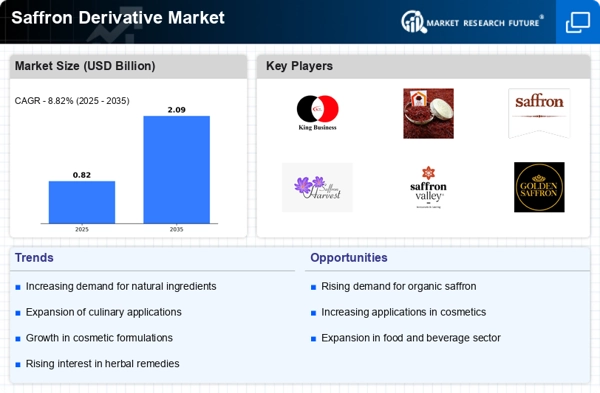
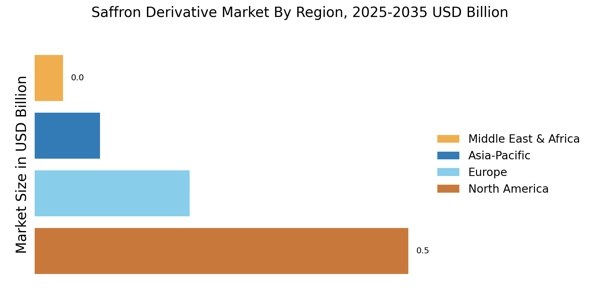
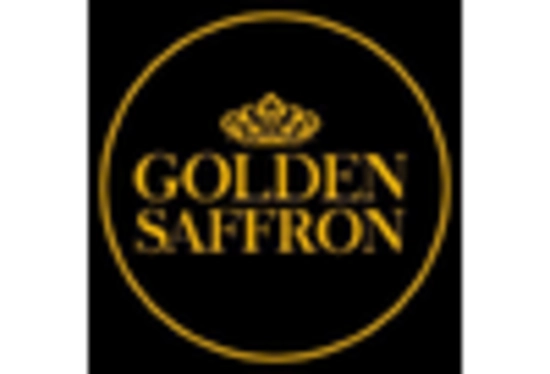
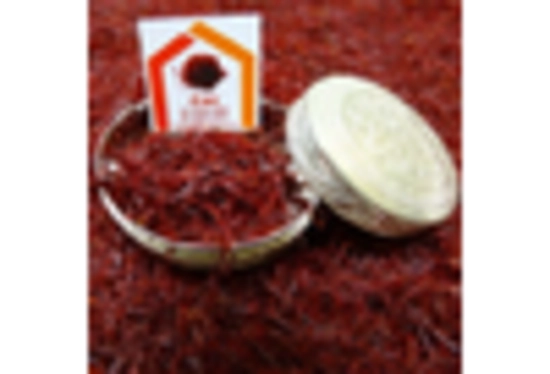
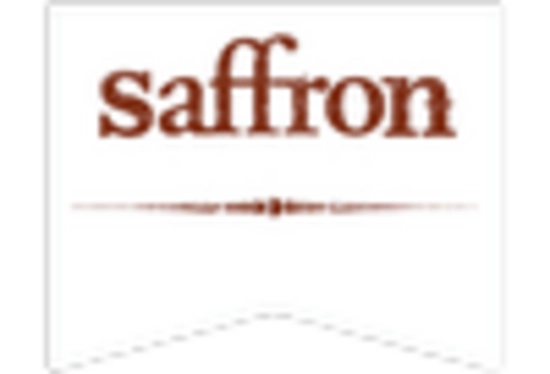
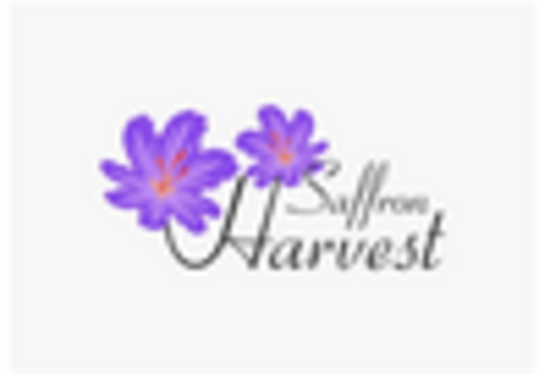
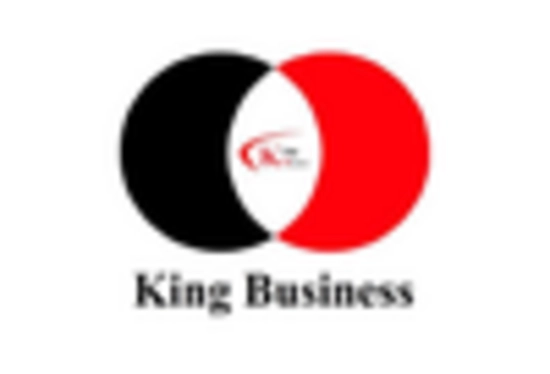
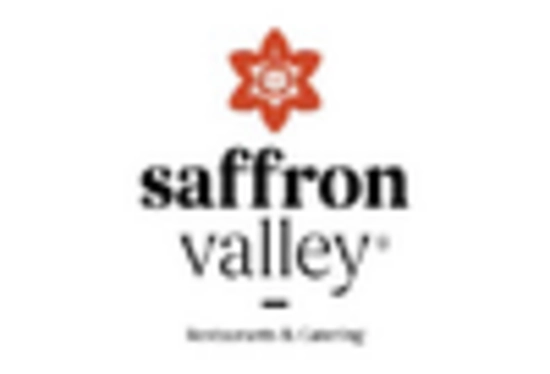








Leave a Comment